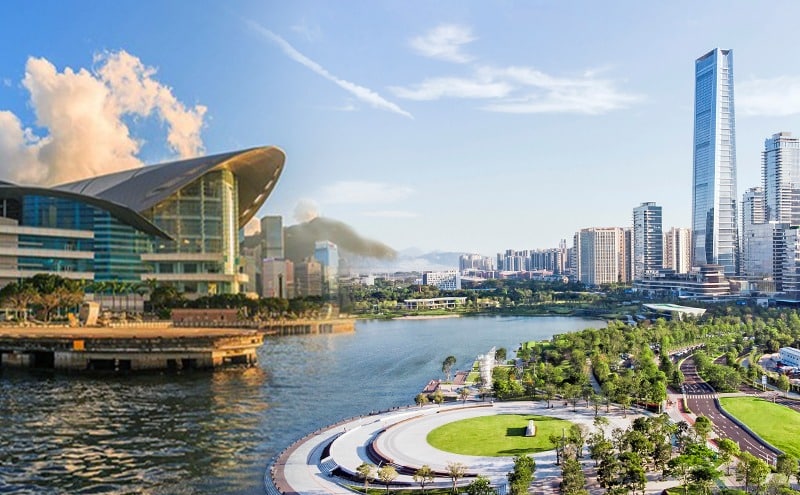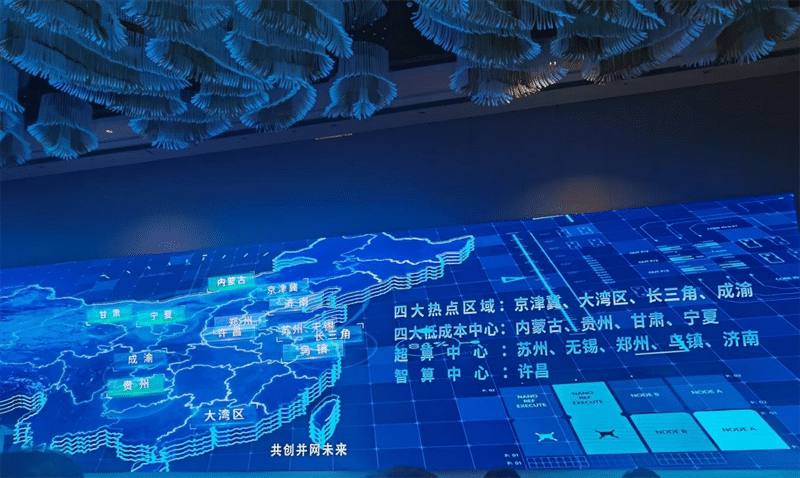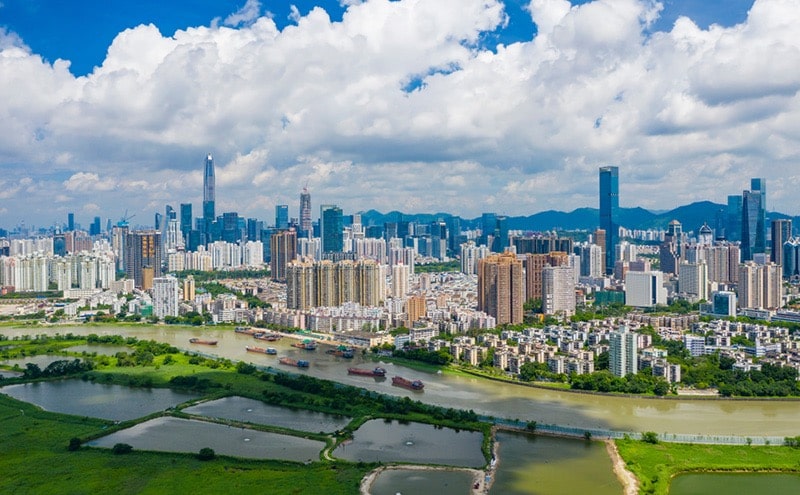The outline document for the development of the Greater Bay Area focuses on spatial layout and economic planning. For many ordinary people, it is a top-level design and may not be able to see its meaning. Substantial progress needs to rely on major cooperation platforms such as Shenzhen Qianhai, Zhuhai Hengqin, Guangzhou Nansha and the Shenzhen-Hong Kong Loop before the public can see the results. He Lifeng, director of the National Development and Reform Commission, once proposed "targeted selection of major cooperation platforms." The "Qianhai Plan" and "Hengqin Plan" were released last year, and the "Nansha Plan" also caught up this year, with many projects achieving minor successes. .
The "Qianhai Plan" expands the total area of the cooperation zone from nearly 15 square kilometers to more than 120 square kilometers, focusing on providing an international business environment and promoting the liberalization of service trade within the CEPA framework. The degree of openness of professional services has increased the most, with nearly 400 professionals from Hong Kong and Macao in 14 categories approved to practice locally. Hong Kong people also participate moderately in the legal system, serving as jurors and mediators. As of February 2022, Hong Kong jurors have participated in a total of 690 cases; as of 2021, Hong Kong, Macao, Taiwan and foreign mediators have successfully mediated 675 cases; in 2020, the Shenzhen Court of International Arbitration handled 310 cases involving Hong Kong, Macao and Taiwan.
The "Hengqin Plan" demarcates the entire island of Hengqin as a special customs area "within the territory and outside the customs", with a total area of approximately 106 square kilometers, making it a free port like Macau. The newly established management agency of the cooperation zone sets a precedent for the SAR and mainland cities to jointly serve and work together. Hengqin Port has already implemented a "cooperative inspection, one-time release" customs clearance model that is more convenient than co-location. It has also launched a cross-border office pilot building and opened a number of dedicated transportation lines to meet the needs of cross-border commuting and realize the integration of Hengqin and Macao into two cities. Life has attracted more than 300 Macao companies to cross-border offices in Hengqin.
The "Nansha Plan" released two months ago expanded the scope of the cooperation zone to cover the entire Nansha region, with a total area of approximately 803 square kilometers, which is several times the size of Qianhai and Hengqin. The central government promised to release 10 billion yuan in financial support every year for the next three years, and Guangdong Province was also required to allocate provincial funds and bond quotas to Nansha in a preferential manner. In order to create a public service and social management environment similar to that of Hong Kong and Macao, the cooperation zone uses the "Nansha Land + Hong Kong Experience" model to build a Hong Kong-style international community. At present, the Hong Kong University of Science and Technology (Guangzhou) has been officially established, and the third school for Hong Kong and Macao students in the Greater Bay Area has also opened in Nansha, striving to encourage people from Hong Kong and Macao to settle down and take root.
Looking back at Hong Kong, the Lok Ma Chau Loop area is still in the infrastructure construction stage, and the San Tin Technology City that is being built in the northern metropolitan area is still in concept and vision. The Shenzhen Science and Technology Innovation Park is poised for development and launched a joint policy package with Hong Kong last month to attract international innovation resources. In the past three and a half years since the Bay Area plan was announced, Qianhai, Hengqin and Nansha have fully understood that development is the last word. If Hong Kong wastes more time, there is no guarantee that it will not be surpassed by neighboring cities one by one.



